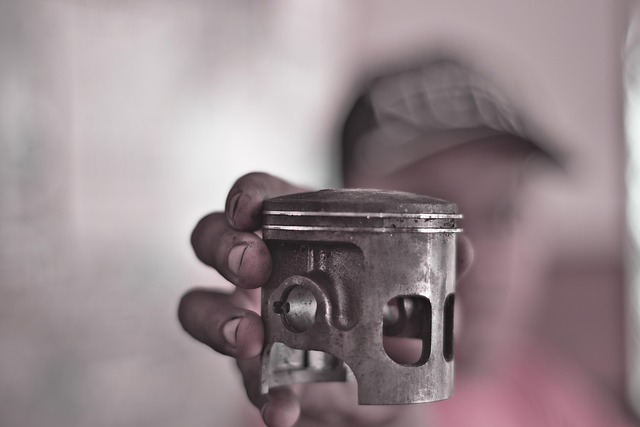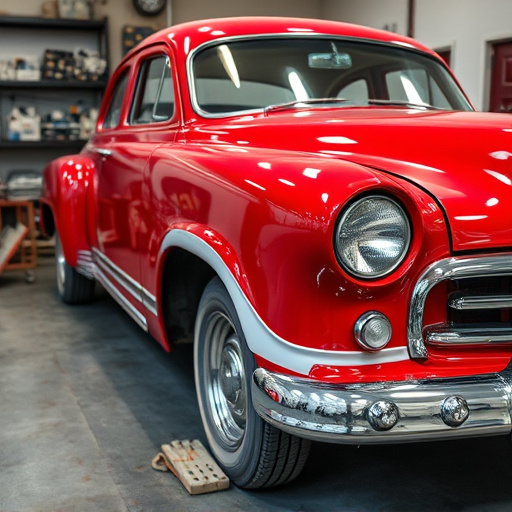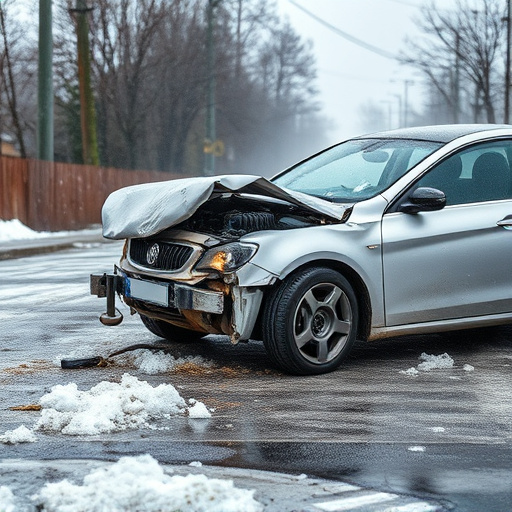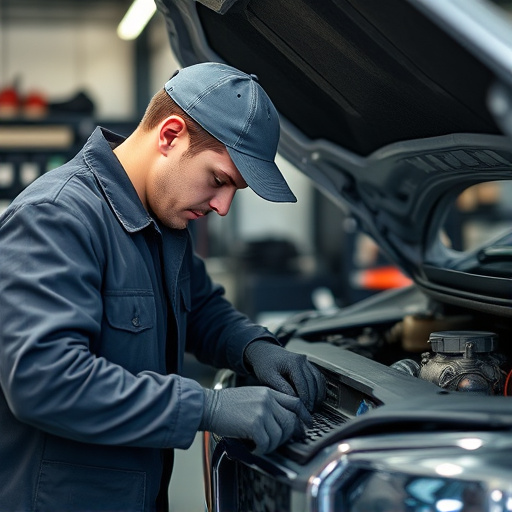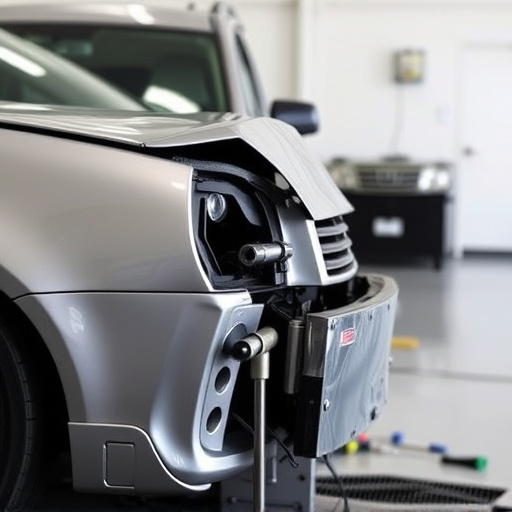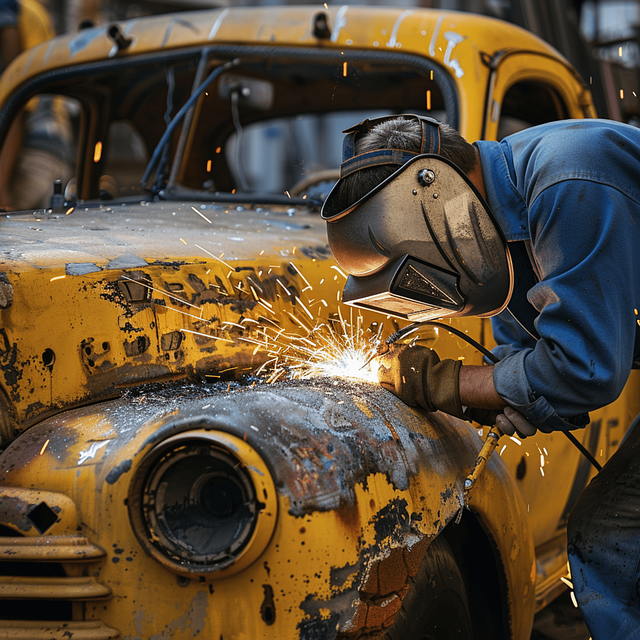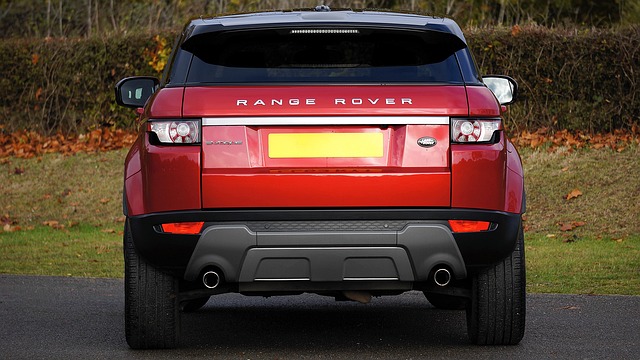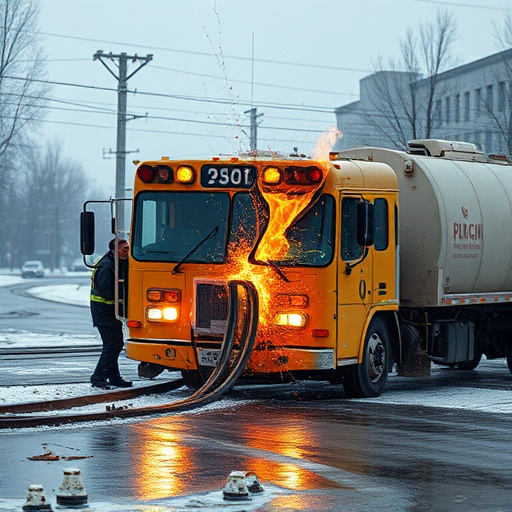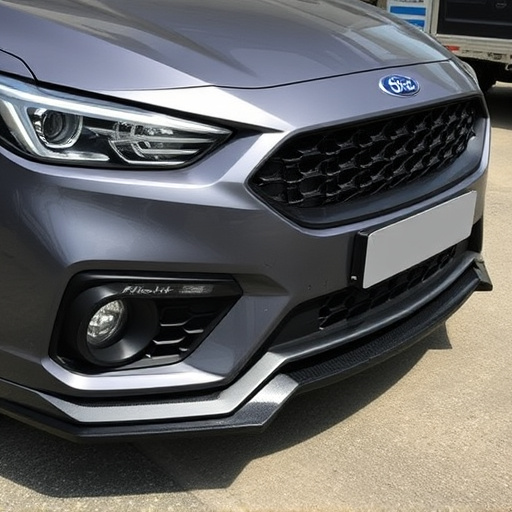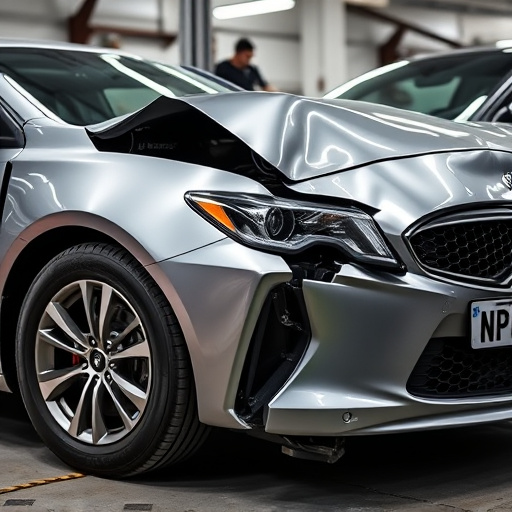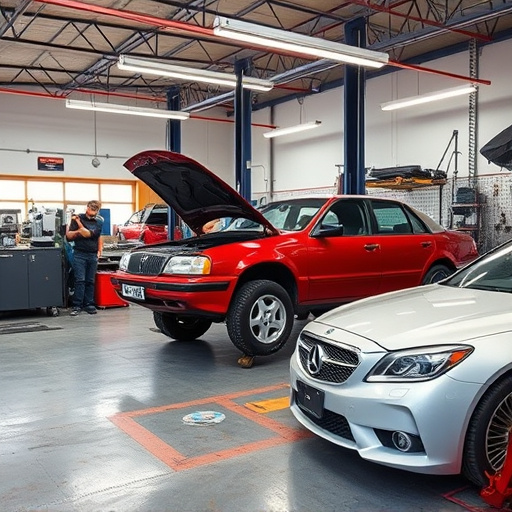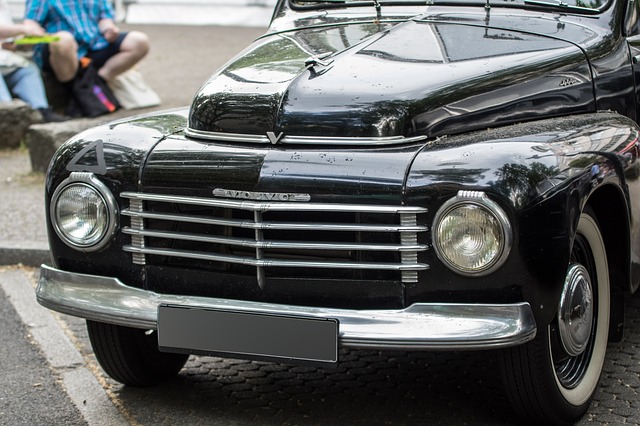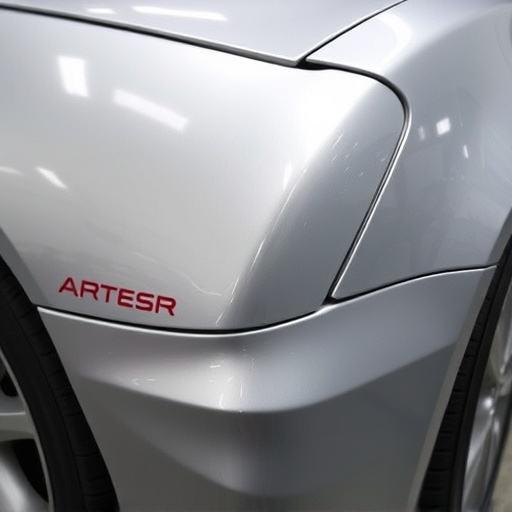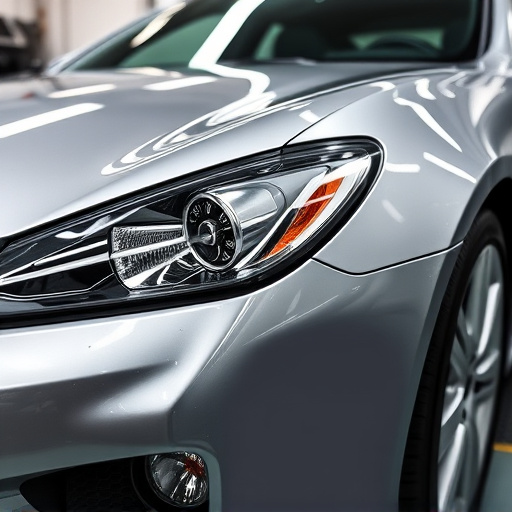Meticulous identification of all cooling system components before collision repair is crucial to prevent costly mistakes and ensure vehicle safety and performance. Technicians must distinguish cooling parts from bodywork damage and understand each component's function. Thorough initial assessments for leaks and corrosion are vital, as early detection prevents further contamination and extends the lifespan of the system. Proper reinstalment of components after repairs ensures optimal performance, reliability, and prevents future issues like costly car dent repair.
Avoiding common mistakes during cooling system collision repair is essential for ensuring optimal vehicle performance and longevity. This guide outlines critical steps to navigate this intricate process smoothly. First, positively identify all components before initiating repairs. Second, meticulously inspect for leaks and corrosion, addressing them thoroughly. Lastly, ensure accurate reinstalment for seamless operation. By adhering to these principles, you’ll achieve superior results in cooling system collision repair, enhancing both vehicle efficiency and safety.
- Properly Identify Components Before Repair
- Avoid Overlooking Leaks and Corrosion
- Ensure Accurate Reinstalment for Optimal Performance
Properly Identify Components Before Repair
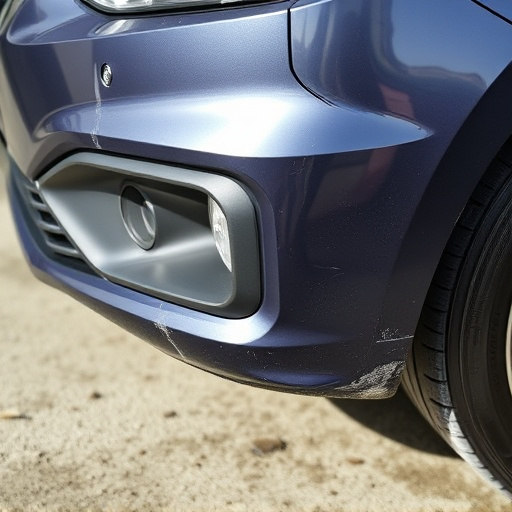
Before diving into any cooling system collision repair, it’s crucial to properly identify all components involved. This step is often overlooked but can prevent costly mistakes and ensure the safety and performance of your vehicle. In an automotive body shop, every part of the cooling system—from radiators and condensers to hoses and belts—must be carefully examined and distinguished from other vehicle bodywork elements like dents or scratches that may also sustain damage during a collision. Proper identification ensures that only the faulty parts are replaced, saving time, money, and potentially averting future issues.
Understanding each component’s function is key. For instance, while dent repair focuses on restoring the exterior aesthetics of your vehicle, cooling system collision repair deals with maintaining the internal mechanisms responsible for regulating your engine’s temperature. This knowledge helps technicians discern between superficial and structural damage, making sure that every part of your vehicle bodywork receives the appropriate attention it needs after a collision, whether it’s a simple dent repair or a complex cooling system overhaul.
Avoid Overlooking Leaks and Corrosion
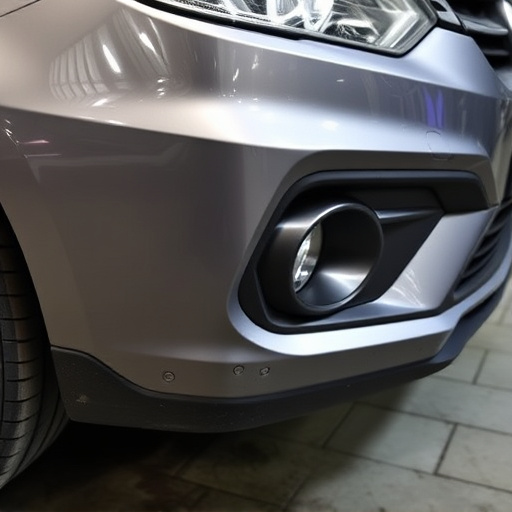
In the realm of cooling system collision repair, one of the most common mistakes is overlooking leaks and corrosion. During the initial assessment, thoroughly inspect all components for any signs of fluid leakage, as even minute drippages can lead to significant damage if left unaddressed. Early detection of leaks allows for prompt action, preventing further contamination of cooling fluids and ensuring optimal performance upon completion of frame straightening or other repairs in a vehicle body shop.
Additionally, corrosion is an insidious issue that can weaken crucial parts of the cooling system, making them more susceptible to failure. It’s important to note that some areas, like metal joints and fittings, are particularly prone to rusting. Professional car repair shops armed with the right tools and expertise will not only identify these issues but also implement effective corrosion prevention measures during the repair process, ensuring a longer lifespan for your vehicle’s cooling system.
Ensure Accurate Reinstalment for Optimal Performance
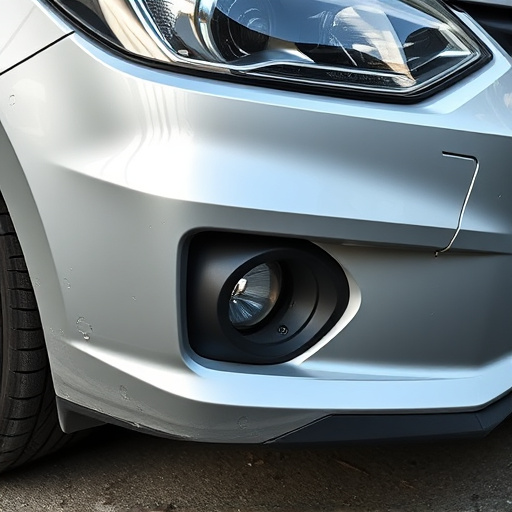
After replacing or repairing components within your vehicle’s cooling system, it’s crucial to ensure accurate reinstalment for optimal performance. This involves careful alignment and tightening of all parts, following manufacturer guidelines strictly. A common mistake is overlooking proper reassembly, which can lead to leaks, reduced efficiency, and even further damage. Take your time to double-check connections, sealants, and the overall integrity of the system before reopening the vehicle for service.
Accurate reinstalment isn’t just about functional repairs; it’s also about preventing future auto body repairs. Leaks or misalignments can cause corrosion, paint damage, and other cosmetic issues over time. By ensuring every part is correctly installed, you save yourself from costly car dent repair and maintain the overall health of your vehicle. Remember, a job well done in cooling system collision repair translates to smoother drives and fewer trips to local auto repair near me for unexpected repairs.
When repairing a cooling system after a collision, proper identification of components, addressing leaks and corrosion, and accurate reinstalment are key. By avoiding these common mistakes, you ensure optimal performance and longevity of your vehicle’s cooling system, making it an integral part of safe and efficient driving post-repair. Remember, attention to detail during the repair process is crucial for a successful and lasting fix, especially in the dynamic landscape of automotive maintenance.
